#Solar missions
Text
Aditya L1 Mission - क्यों है एक वरदान
भारत नें Chandrayaan-3 के बाद कल Aditya L1 Mission से सूर्य को नमन की तैयारी है। भारत की स्पेस एजेंसी ISRO के प्रमुख S. Somanath ने कहा कि भारत का यह पहला सौर Mission सूर्य और पृथ्वी के बीच मौजूद L1 Point पर पहुंचने के लिए 125 दिन लेगा। यह Point अपनी धरती से 15 Lakh Kilometer की दूरी पर है। यह धरती से सूरज की दूरी का मात्र 1% है।
Aditya L1 Mission के लिए क्यों खास है L1 Point?
किसी भी ग्रह की…

View On WordPress
#Aditya L1#Aditya L1 mission#Aditya L1 satellite#Astronomical research#Heliosphere#Indian Space Research Organization (ISRO)#ISRO#ISRO missions#Solar missions#Solar Orbiter#Solar research#Solar science#Solar system exploration#Space exploration#Space missions#Space probes#Space science#Space technology#Sun observation#Sun&039;s atmosphere#Sun&039;s corona
0 notes
Text
Moon Mountain Named After Melba Roy Mouton, NASA Mathematician

Award-winning NASA mathematician and computer programmer Melba Mouton is being honored with the naming of a mountain at the Moon’s South Pole. Mouton joined NASA in 1959, just a year after the space agency was established. She was the leader of a team that coded computer programs to calculate spacecraft trajectories and locations. Her contributions were instrumental to landing the first humans on the Moon.
She also led the group of "human computers," who tracked the Echo satellites. Roy and her team's computations helped produce the orbital element timetables by which millions could view the satellite from Earth as it passed overhead.
The towering lunar landmark now known as “Mons Mouton” stands at a height greater than 19,000 feet. The mountain was created over billions of years by lunar impacts. Huge craters lie around its base—some with cliff-like edges that descend into areas of permanent darkness. Mons Mouton is the future landing site of VIPER, our first robotic Moon rover. The rover will explore the Moon’s surface to help gain a better understanding of the origin of lunar water. Here are things to know:
Mons Mouton is a wide, relatively flat-topped mountain that stretches roughly 2,700 square miles

The mountain is the highest spot at the Moon’s South Pole and can be seen from Earth with a telescope

Our VIPER Moon rover will explore Mons Mouton over the course of its 100-day mission

VIPER will map potential resources which will help inform future landing sites under our Artemis program
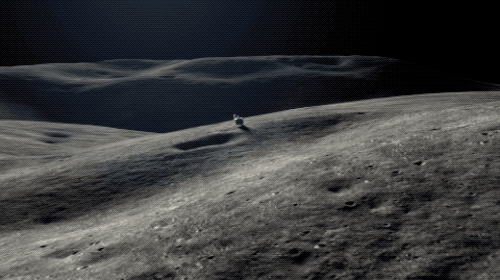
The VIPER mission is managed by our Ames Research Center in California’s Silicon Valley. The approximately 1,000-pound rover will be delivered to the Moon by a commercial vendor as part of our Commercial Lunar Payload Services initiative, delivering science and technology payloads to and near the Moon.
Make sure to follow us on Tumblr for your regular dose of space!
#NASA#Moon Rover#Space#Solar System#Artemis#Science#Mission#Moon#Black History Month#astronomy#Black Excellence#blackexcellence365
13K notes
·
View notes
Text
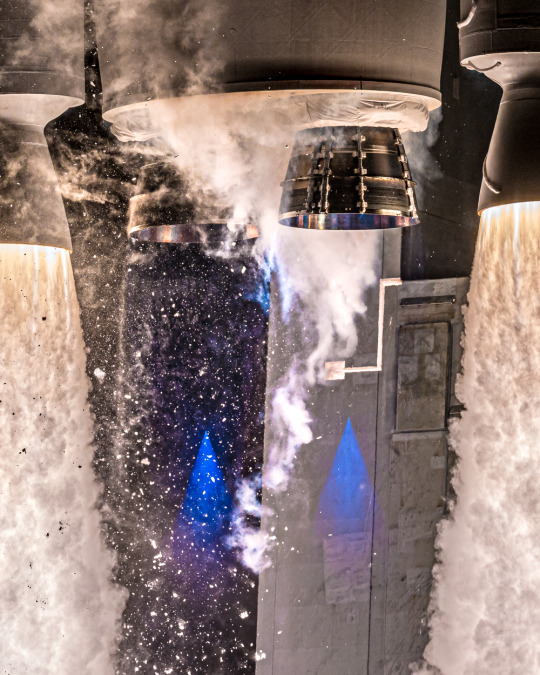

Liftoff of ULA Vulcan l John Kraus
l First U.S. commercial robotic launch to the Moon l ULA(United Launch Alliance) l more info at NASA
#rocket launch#vulcan#ULA#astrophotography#nasa#artemis mission#moon#science#stars#solar system#astronomy#galaxy#planet#cosmos#universe#sky
637 notes
·
View notes
Text

“you know what? maybe spending time with people you love is what gives your life meaning”
#solar opposites#the way this show explores the themes of “what does any of this matter except for love”#and “life only matters because of each other” OIURRGRGRGH#i think this shows message is so beautiful and touching#i feel insane telling people about it like yes those mutant dogs are shitting people out into wine The Show but it’s about Love…#and their mission was to create a home but they did create one#just not through the mission from homeworld because home is a person..home is people..yeah bitch..
1K notes
·
View notes
Text

Take a look at "Mother Earth" © NASA
#mothers day#earth#ISS#astrophotography#nasa#sky#stars#solar system#space#universe#astronomy#cosmos#galaxy#planet#orion spacecraft#artemis mission
261 notes
·
View notes
Text

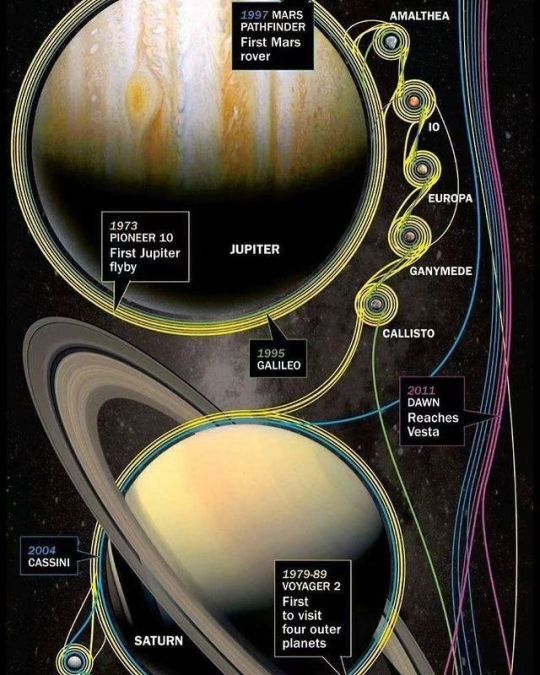
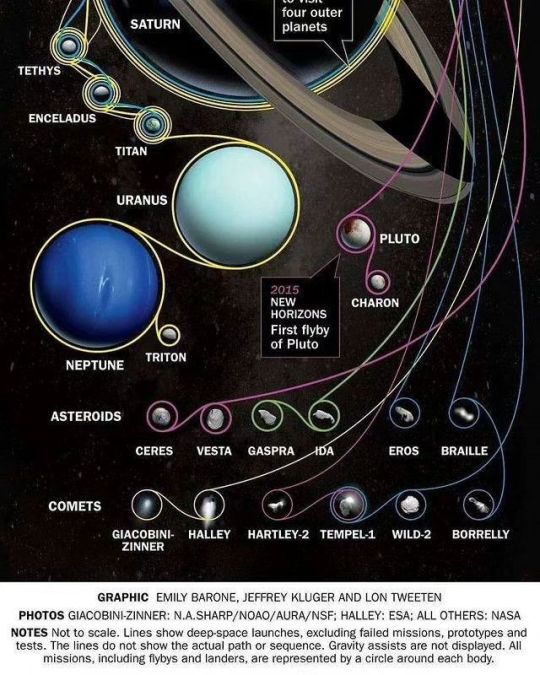
" Nasa's Deep Space Mission " //© Astro Voyagers
#Space#Nasa#ISS#Space Exploration#Space Missions#Planets#Earth#Moon#Sun#Mercury#Venus#Mars#Jupiter#Saturn#Uranus#Neptune#Pluto#Solar System#Galaxy#Galaxies#Milkyway#Universe#aesthetics#wanderlust#explore#follow#discover
540 notes
·
View notes
Text
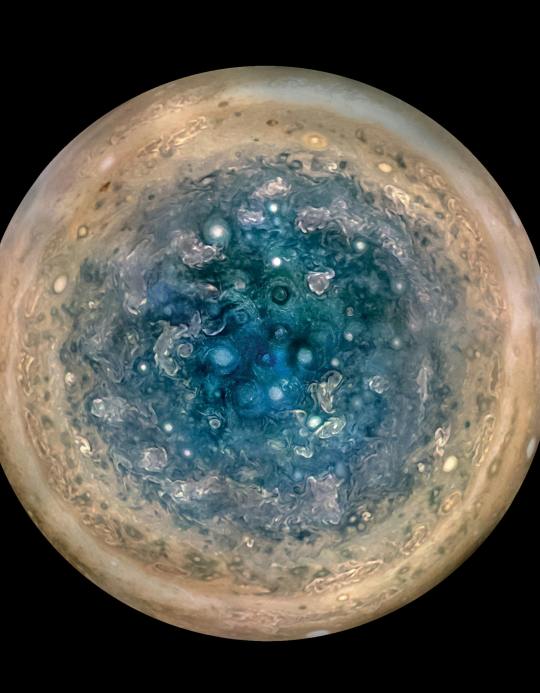
jupiter south pole ~ nasa goddard space flight center | photo x betsy asher hall + gervasio robles
#circle#eye#photography#exploration#nature#astrophysics#solar system#jupiter#juno mission#space#junocam#polar cyclones
173 notes
·
View notes
Text

Apollo 16: back side of the Moon (April 18, 1972)
#apollo missions#apollo program#apollo 16#astronomy#krakenmare#solar system#astrophotography#outer space#thank you nasa#nasa#space#moon
123 notes
·
View notes
Text
What if they actually get married in the valentine’s day special
#i can see it now#they learn about marriage benefits and maybe korvo wants it for some mission reason#then terry gets super excited about having a cool wedding and shit#and then throughout the episode they start taking it more seriously#and it ends with them coming to a deeper understanding of their relationship and they kiss and its great#sjdbdjdn imean regardless what happens im really excited for this valentines day special#solar opposites#solopps#tervo#terry x korvo#korvo x terry
63 notes
·
View notes
Text
Moon Missions
What’s going on with the moon?
The United States recently had a solar eclipse on April 8th, 2024, and some might be surprised to learn that the moon is, in fact, affected by solar radiation. The charged particles emitted by the sun, called the solar wind, reach the moon with no interruption from its atmosphere, as it has none. It also has no global magnetic field, another layer of protection that Earth does have, in comparison.
The moon does, however, have small areas of magnetic fields. We can see this because these areas remain lighter in photos whereas chemical reactions from radiation darken the unprotected areas.

Fortunately, most of these charged particles cannot pass through the hulls of space stations, so astronauts are safe in orbit. Cosmic rays, made of stronger and faster-moving particles, are more dangerous. Even on Earth, under the atmosphere and magnetosphere, cosmic radiation reaches humans, though not enough to be considered damaging to our health.
A lander and rover launched in 2018 delivered the first measurements of radiation levels on the moon 4. Based on those data, astronauts on the moon can be exposed to up to 150 times higher radiation levels than on Earth.
Radiation is a leading reason for the pause in lunar landing missions. It raises risks of cataracts, heart diseases, radiation illness, cancer, and other ailments. Longer missions, of course, would heavily exacerbate these radiation doses.
Other Health Concerns
Cosmic rays contain High-Energy (HZE) ions. In different exposure such as from nuclear accidents or irradiation therapy, HZE ions have been found to cause dysregulation in the mitochondria and damage to DNA. Because of this, prolonged exposure is linked to health effects often associated with aging, such as hippocampus synapse loss and metabolic disruption caused by damage to mitochondrial DNA.
Long-duration space flights have also been linked to cardiovascular disorders. For astronauts on the Apollo missions, heart attack was “the second leading cause of death” 8. For additional space flights outside of Earth’s magnetosphere, astronauts also had a higher mortality rate due to cardiovascular diseases.
In a previous article, we discussed the relationship between circadian rhythms and health. These rhythms are another thing that space travel can impact, causing sleep and mental health disturbances in astronauts 9.
While various studies are investigating the conditions of these health risks, a current NASA mission is specifically investigating radiation protection.
Long-term Mission
NASA plans on eventually returning to human-manned missions to the moon.
First, they have to address the issues discussed above.
In November of 2022, Artemis I launched with two manikins bearing radiation detectors. From this mission, NASA was able to confirm the success of the intended trajectory, launch of ground systems, and the Orion spacecraft. The radiation results from this mission are still being analyzed.
The Artemis missions are intended to explore more of the moon than ever before, and lay groundwork for eventual missions to Mars.
Artemis II will not launch any earlier than September of 2025. It is planned to last ten days, consist of a 4-person crew, and be a lunar flyby to ensure the proper functioning of the spacecraft’s systems.
It has seemed for years that lunar exploration has halted. Manned missions have indeed been paused, for good reasons. Ensuring the safety of astronauts is a priority, and they face serious health risks even when missions go as expected. But NASA intends to continue exploring space, the moon, and Mars. The current Artemis missions are discovering improved, new ways to ensure the safety of astronauts while making scientific progress.
Additional Resources
1. https://science.nasa.gov/moon/solar-wind/
2. https://phys.org/news/2012-01-solar-flares-astronauts.html
3. https://arxiv.org/ftp/arxiv/papers/1211/1211.3962.pdf
4. https://link.springer.com/article/10.1007/s11214-020-00725-3
5.https://www.nasa.gov/missions/artemis/orion/orion-passengers-on-artemis-i-to-test-radiation-vest-for-deep-space-missions/
6.https://www.smithsonianmag.com/science-nature/how-space-radiation-threatens-lunar-exploration-180981415/
7.https://www.nasa.gov/humans-in-space/analysis-confirms-successful-artemis-i-moon-mission-reviews-continue-2/
8.https://www.frontiersin.org/journals/physiology/articles/10.3389/fphys.2020.00955/full
9. https://www.ncbi.nlm.nih.gov/pmc/articles/PMC9818606/
#radiation#moon#moon mission#nasa#nasa photos#article#research#solar wind#solar radiation#cosmic rays#cosmic radiation#space exploration#science#space#Work has been horribly busy so the next article might not be out on the usual schedule
18 notes
·
View notes
Text

Let's Explore a Metal-Rich Asteroid 🤘
Between Mars and Jupiter, there lies a unique, metal-rich asteroid named Psyche. Psyche’s special because it looks like it is part or all of the metallic interior of a planetesimal—an early planetary building block of our solar system. For the first time, we have the chance to visit a planetary core and possibly learn more about the turbulent history that created terrestrial planets.
Here are six things to know about the mission that’s a journey into the past: Psyche.

1. Psyche could help us learn more about the origins of our solar system.
After studying data from Earth-based radar and optical telescopes, scientists believe that Psyche collided with other large bodies in space and lost its outer rocky shell. This leads scientists to think that Psyche could have a metal-rich interior, which is a building block of a rocky planet. Since we can’t pierce the core of rocky planets like Mercury, Venus, Mars, and our home planet, Earth, Psyche offers us a window into how other planets are formed.

2. Psyche might be different than other objects in the solar system.
Rocks on Mars, Mercury, Venus, and Earth contain iron oxides. From afar, Psyche doesn’t seem to feature these chemical compounds, so it might have a different history of formation than other planets.
If the Psyche asteroid is leftover material from a planetary formation, scientists are excited to learn about the similarities and differences from other rocky planets. The asteroid might instead prove to be a never-before-seen solar system object. Either way, we’re prepared for the possibility of the unexpected!

3. Three science instruments and a gravity science investigation will be aboard the spacecraft.
The three instruments aboard will be a magnetometer, a gamma-ray and neutron spectrometer, and a multispectral imager. Here’s what each of them will do:
Magnetometer: Detect evidence of a magnetic field, which will tell us whether the asteroid formed from a planetary body
Gamma-ray and neutron spectrometer: Help us figure out what chemical elements Psyche is made of, and how it was formed
Multispectral imager: Gather and share information about the topography and mineral composition of Psyche
The gravity science investigation will allow scientists to determine the asteroid’s rotation, mass, and gravity field and to gain insight into the interior by analyzing the radio waves it communicates with. Then, scientists can measure how Psyche affects the spacecraft’s orbit.

4. The Psyche spacecraft will use a super-efficient propulsion system.
Psyche’s solar electric propulsion system harnesses energy from large solar arrays that convert sunlight into electricity, creating thrust. For the first time ever, we will be using Hall-effect thrusters in deep space.
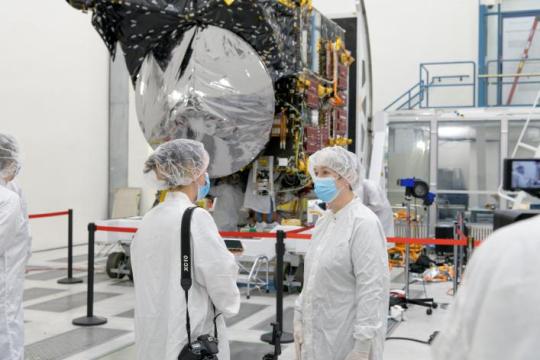
5. This mission runs on collaboration.
To make this mission happen, we work together with universities, and industry and NASA to draw in resources and expertise.
NASA’s Jet Propulsion Laboratory manages the mission and is responsible for system engineering, integration, and mission operations, while NASA’s Kennedy Space Center’s Launch Services Program manages launch operations and procured the SpaceX Falcon Heavy rocket.
Working with Arizona State University (ASU) offers opportunities for students to train as future instrument or mission leads. Mission leader and Principal Investigator Lindy Elkins-Tanton is also based at ASU.
Finally, Maxar Technologies is a key commercial participant and delivered the main body of the spacecraft, as well as most of its engineering hardware systems.
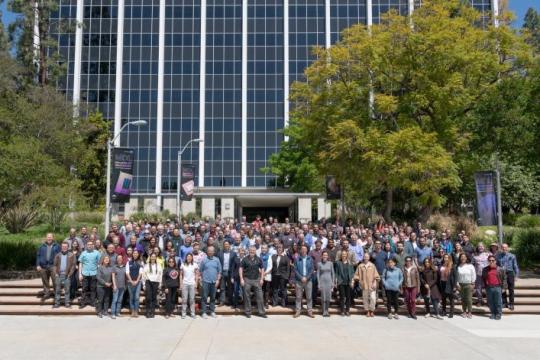
6. You can be a part of the journey.
Everyone can find activities to get involved on the mission’s webpage. There's an annual internship to interpret the mission, capstone courses for undergraduate projects, and age-appropriate lessons, craft projects, and videos.
You can join us for a virtual launch experience, and, of course, you can watch the launch with us on Oct. 12, 2023, at 10:16 a.m. EDT!
For official news on the mission, follow us on social media and check out NASA’s and ASU’s Psyche websites.
Make sure to follow us on Tumblr for your regular dose of space!
#Psyche#Mission to Psyche#asteroid#NASA#exploration#technology#tech#spaceblr#solar system#space#not exactly#metalcore#but close?
2K notes
·
View notes
Text

The First Launch of Vulcan l John Kraus
#ULA#vulcan#rocket launch#astrophotography#astronomy#nasa#artemis mission 2#galaxy#solar system#moon#planets#stars#night#sky#space#universe
443 notes
·
View notes
Text
We don't appreciate Mars enough for being not that horrible.
Every other place in the Solar system except Mars and Earth is a literal hellhole, while our lil red boye is just very unpleasant.
For example:
Radiation on Mars is a problem, but not die-in-an-hour problem, more of a die-decades-later problem ("only" 4 times higher than the levels shown to be harmful)
The temperature varies between pleasant and slightly worse than Antarctica, but we have thousands of people on Antarctica! And most other places are either permanently 3 digits in the negative or hot enough to melt some metals.
The gravity is only 38% of Earths, but except Venus(i hate Venus, check the tags) and Saturn(literally a ball of gas, nowhere to live or even stand on) it's the best we've got.
The atmosphere is barely there, but it's potentially a resource from which oxygen can be made.
And water, Mars is the king of water. There is ice at the poles, there is maybe water beneath those ice sheets, there is permafrost all over it, and there might, in some deep holes, in the hotter parts of summer, even be mud!! Mud!!! That's basically just very dirty liquid water.
Tl;dr, it's by far the least worst place after Earth, and we don't give it the praise it deserves for that.
#If you need to expirience Venus#but dont have enough money for an interplanetary mission#just douse yourself in acid#jump in an oven set to max temperature#and have someone drop a building on you#I hate Venus.#ramblings#science#space#mars#proper marsposting#planets#space exploration#science ramblings#solar system
53 notes
·
View notes
Photo
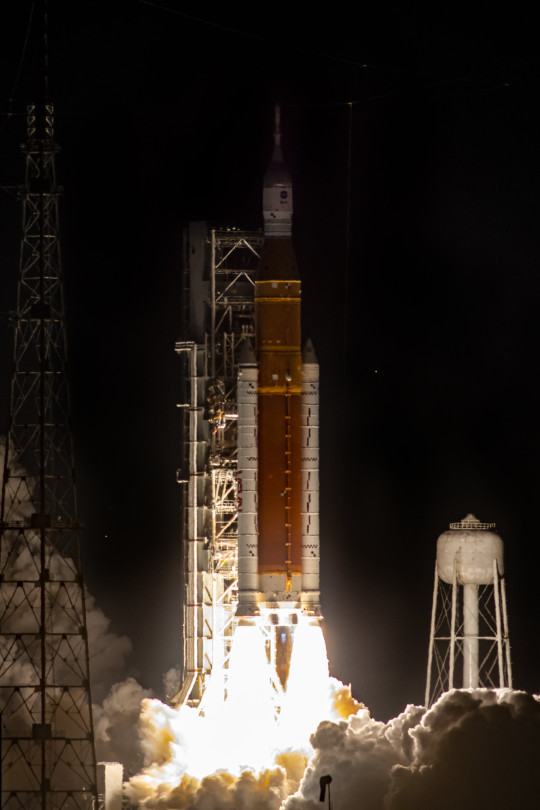



Successful Liftoff of NASA’s Artemis (Nov.16 © © © )
#nasa#artemis 1#solar system#astronomy#moon mission#moon#stars#artemis 1 mission#astrophotography#galaxy#universe#planet#cosmos#nebula#space
1K notes
·
View notes
Text








I mean, they're having fun at least?
#Tho I'd love to know what their mission was 😂😂#Look at them smiling 🥺❤️#mamamoo#mamamoo solar#moonbyul#kim yongsun#moon byulyi#mamamoo+
23 notes
·
View notes
Text
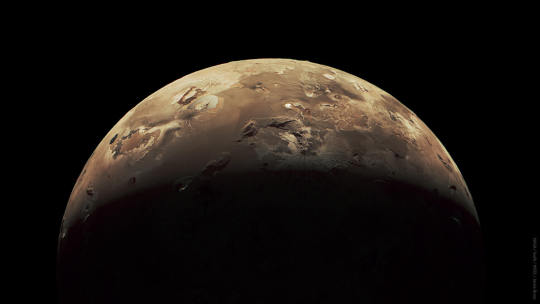
IO – 🌔 JunoCam / 2024-02-03
NASA's Juno spacecraft camera RAW images processing
Io (Jupiter I) is the innermost and second-smallest of the four Galilean moons of the planet Jupiter.
"New NASA photos offer a close look at Jupiter's fiery moon with erupting volcanos that dwarf anything on Earth",
BUSINESS INSIDER, read more -> https://www.businessinsider.com/nasa-close-up-photos-show-volcanoes-erupt-on-jupiters-moon-2024-2
Credit : NASA / JPL-Caltech /SwRI / MSSS / Jackie Branc © CC BY
#photographers on tumblr#elloon#io#Io moon#Juno#Juno mission#Mission Juno#NASA#NASA jpl#Jupiter#solar system#jupiter's moons#caltech#MSSS#SwRI#citizen science#planetary science#astronomy#volcano#volcano eruption
7 notes
·
View notes